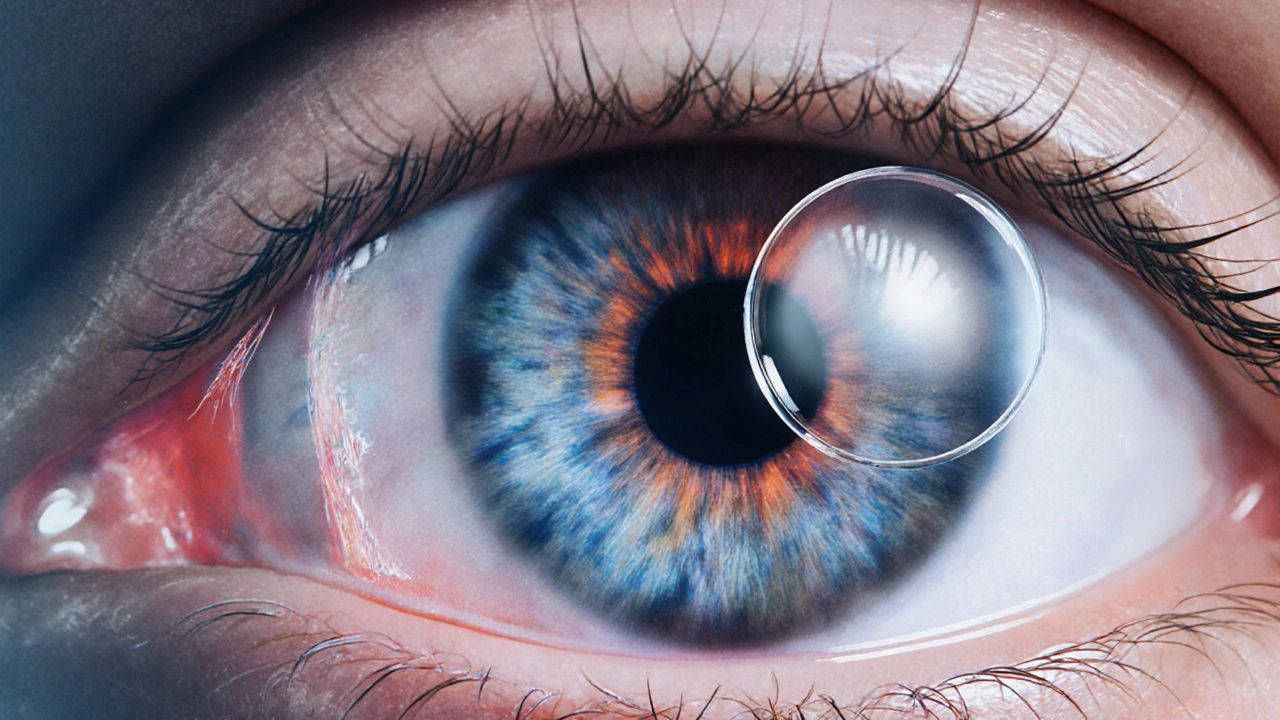When talking about glaucoma eye care, the ongoing process of preventing optic nerve damage by managing eye pressure. Also known as glaucoma management, it blends medication, monitoring, and lifestyle tweaks. Glaucoma, a group of eye diseases that harm the optic nerve, often linked to high intraocular pressure is the core condition you’re fighting. The most common way to fight it is with eye drops, topical medicines that lower pressure inside the eye. These drops directly affect intraocular pressure, the fluid pressure inside the eyeball that, when elevated, can damage the optic nerve. In short, glaucoma eye care encompasses medication management, pressure monitoring, and regular check‑ups.
First, medication is the frontline. Prostaglandin analogs like Lumigan (bimatoprost) are often the go‑to drops because they boost fluid outflow, lowering pressure effectively. Alternatives such as beta‑blockers or carbonic anhydrase inhibitors step in when prostaglandins aren’t tolerated. Second, intraocular pressure monitoring, regular measurements using tonometry or home‑based devices is a must; it tells you whether the drops are doing their job. Third, seeing an optometrist or ophthalmologist, a vision specialist who can diagnose, prescribe treatment, and track disease progression ensures you stay ahead of any changes. Finally, lifestyle changes—like staying active, managing blood pressure, and protecting eyes from trauma—round out a solid care plan.
How do these pieces fit together? Glaucoma eye care requires regular intraocular pressure monitoring, which influences the choice and adjustment of eye drops. Eye drops, in turn, directly lower that pressure, slowing optic nerve damage. An optometrist evaluates the pressure readings and decides if a medication switch or surgical option is needed. This chain—monitoring → medication → specialist review—creates a feedback loop that keeps the disease in check.
Beyond drops, some patients consider laser therapy or minimally invasive surgery when pressure stays stubbornly high. These procedures aim to improve fluid drainage or reduce production, offering another tool in the care toolbox. Whether you’re on your first prescription or exploring advanced options, understanding how each treatment works helps you make informed choices and stick to the regimen.
Below you’ll find a curated list of articles that dive deeper into each of these topics— from detailed reviews of Lumigan versus its alternatives, to step‑by‑step guides on measuring pressure at home, and tips for choosing a trustworthy eye‑care professional. Armed with this overview, you’ll know exactly what to look for as you browse the resources ahead.
Posted by
Jenny Garner
10 Comments

Learn if glaucoma patients can safely wear contact lenses, how it affects eye pressure, essential care tips, and alternatives for maintaining clear vision.
read more